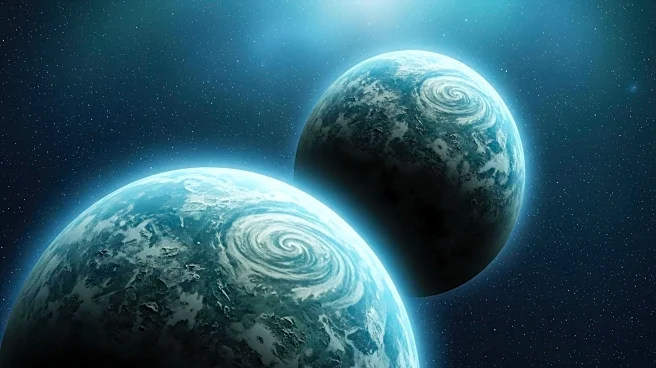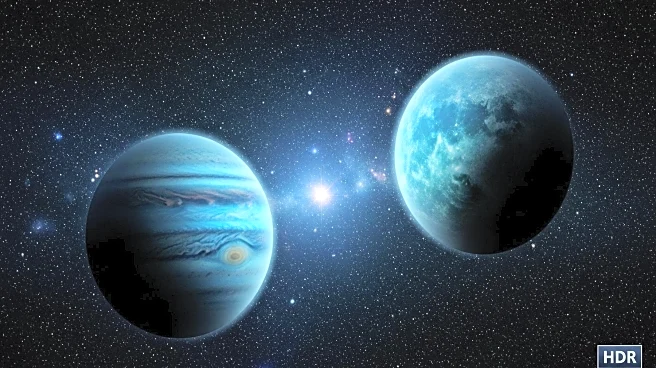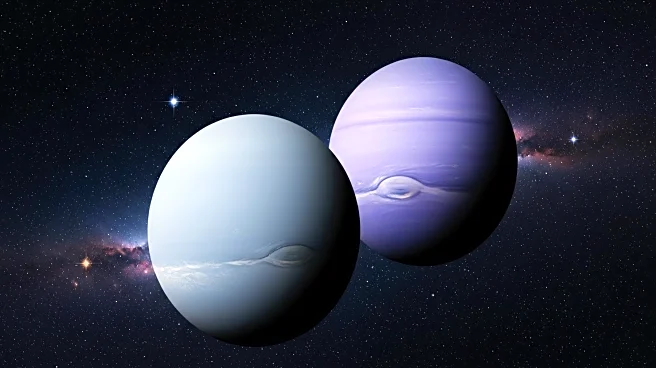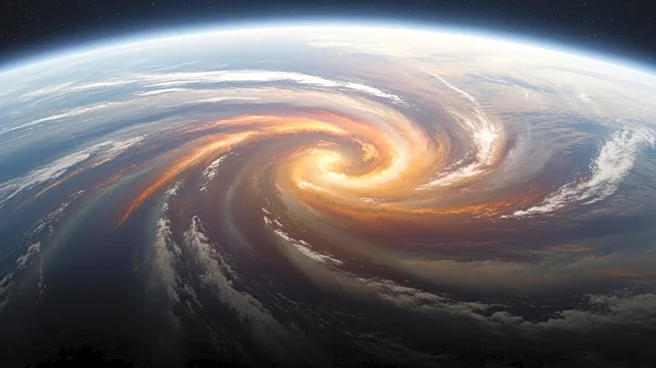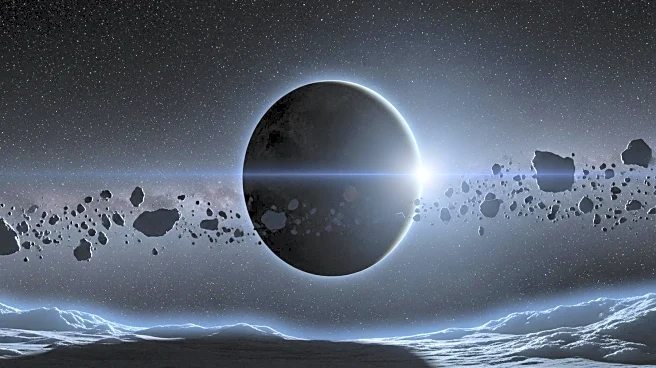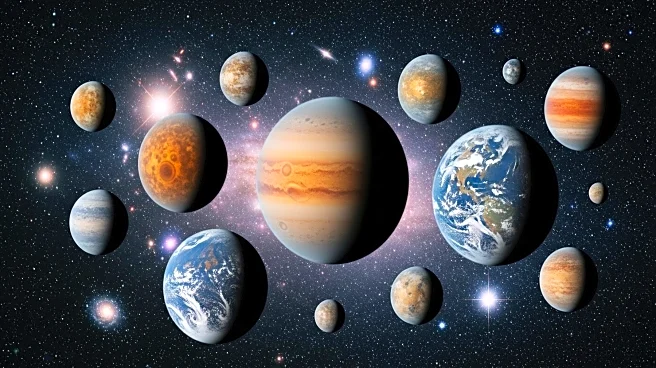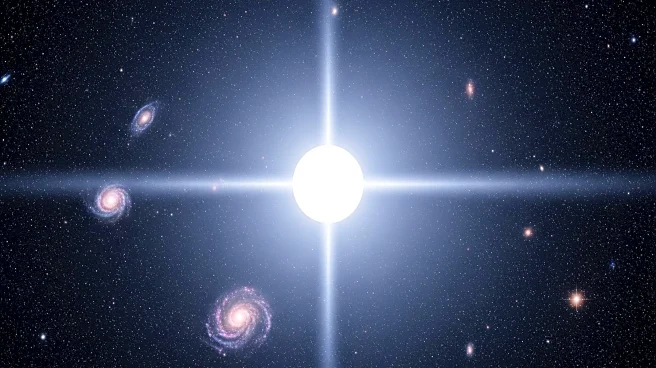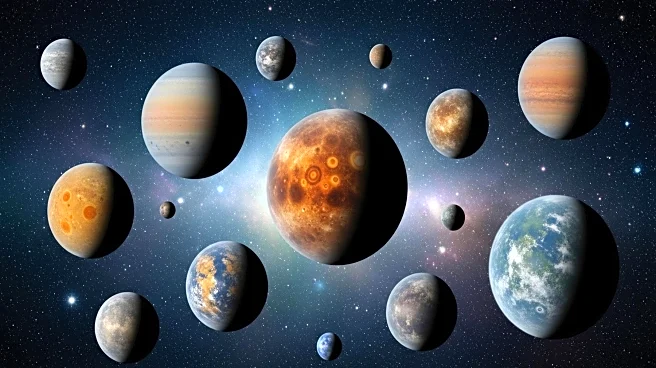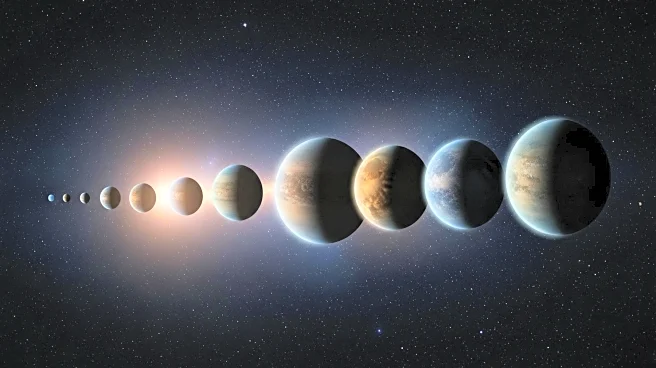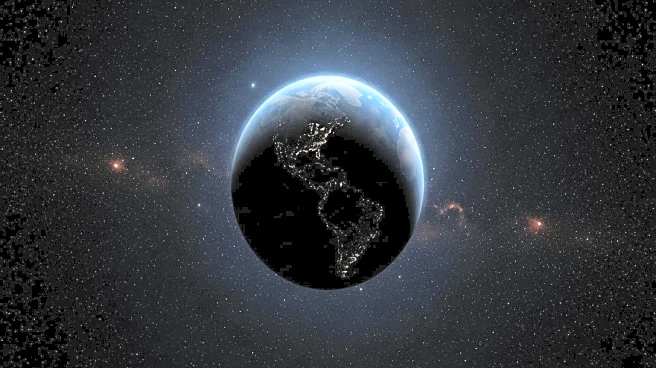What's Happening?
Recent research challenges the long-held belief that Uranus and Neptune are 'ice giants,' suggesting instead that they may be 'rocky giants.' Traditionally, these planets were thought to be composed largely of water, ammonia, and other ices. However, due to limited data from past missions, researchers have proposed a new model that considers a wide range of possible compositions. This model indicates that the rock-to-water ratio on Uranus and Neptune could vary significantly, potentially containing more rock than previously assumed.
Why It's Important?
If Uranus and Neptune are indeed rocky giants, it could necessitate a reevaluation of solar system formation models, particularly regarding the distribution of rocky material in the outer solar system. This shift in understanding could impact theories about planetary formation and the evolution of celestial bodies. The findings highlight the need for dedicated missions to these planets to gather high-quality data and resolve uncertainties about their composition.
What's Next?
A dedicated mission to Uranus or Neptune is essential to obtain detailed data about their interiors. Such missions would provide insights into the planets' composition, magnetic fields, and atmospheric features, helping to refine models of solar system formation. Until then, researchers will continue to rely on indirect observations and modeling to study these distant worlds.
Beyond the Headlines
The research underscores the limitations of current planetary exploration and the importance of direct observation in understanding celestial bodies. It also raises questions about the assumptions underlying existing models and the potential for new discoveries that could reshape our understanding of the solar system.
